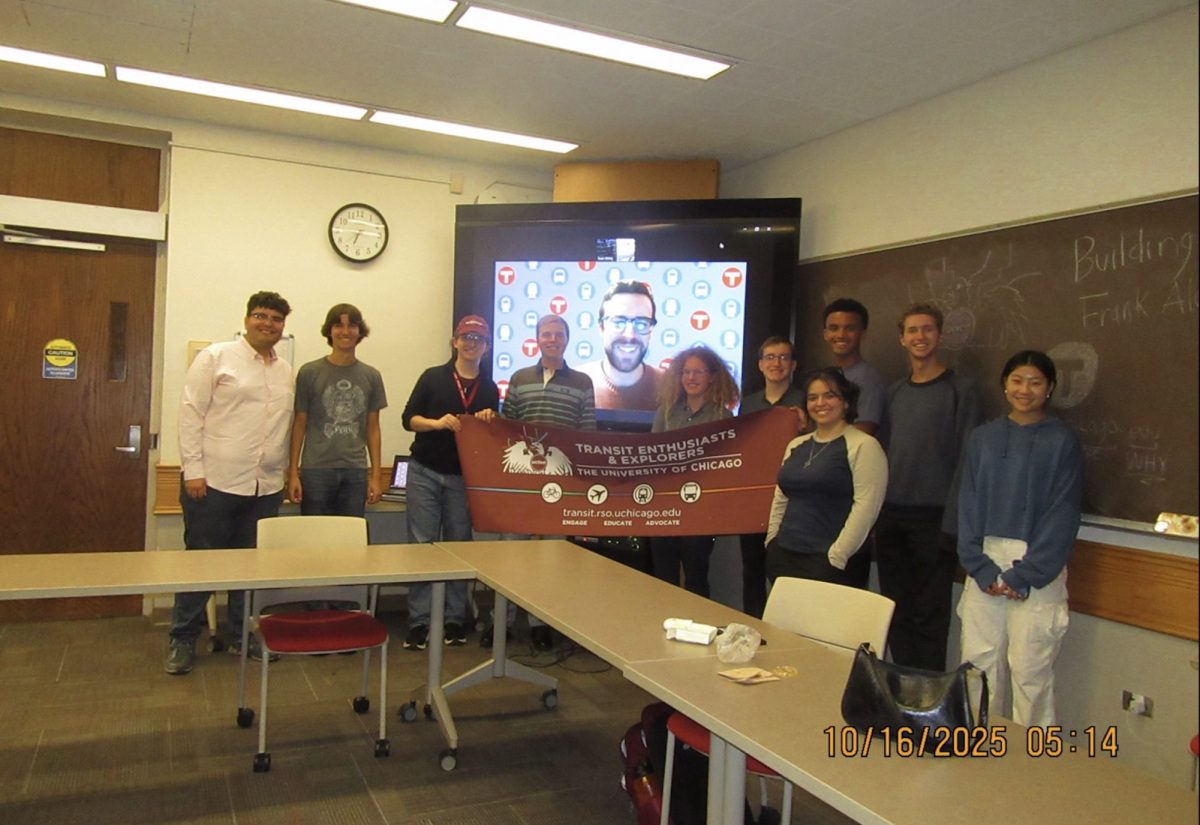Physicist Albert V. Crewe, inventor of the scanning transmission electron microscope and former director of Argonne National Laboratory, died Wednesday from complications of Parkinson’s disease. He was 82.
The scanning transmission electron microscope (STEM), which Crew invented in 1964, revolutionized physics and chemistry by producing the first still and moving images of atoms.
Crewe first arrived at the University of Chicago as a visiting research associate in 1955, and in 1958 was appointed head of Argonne’s Particle Accelerator division. The U.S.
Department of Energy commissioned a state-of-the-art accelerator at the site, and under Crewe’s supervision, Argonne completed the $55 million Zero Gradient Synchrotron in 1962.
Crewe served as director of Argonne from 1961 to 1967, and he focused on electron microscopy. The laboratory, the oldest and largest physical sciences research laboratory in the country, employed 5,500 scientists and operated with a $100 million budget.
The University granted Crewe a full professorship in 1963, and upon his resignation as director in 1967, he returned to the physics faculty to continue his research. Crewe was appointed dean of the physical sciences division in 1971, a position he held until 1981.
Until Crewe invented STEM, microscopes operated by light reflected on or projected through a specimen. While useful for many scientific purposes, the resolution (around 200 nanometers) was insufficient to visualize tiny molecular or atomic structures, which can be as small as .06 nanometers.
The resolution limit of optical microscopes results from the wavelength of light, so electrons, which have higher energy and a shorter wavelength, can resolve an image with greater precision.
Crewe was born in 1927 in Bradford, England, and became the first in his family to attend high school. He received an undergraduate physics degree at the University of Liverpool in 1947, and was granted a scholarship to continue studying for a Ph.D.
Crewe is survived by his wife and four children.








